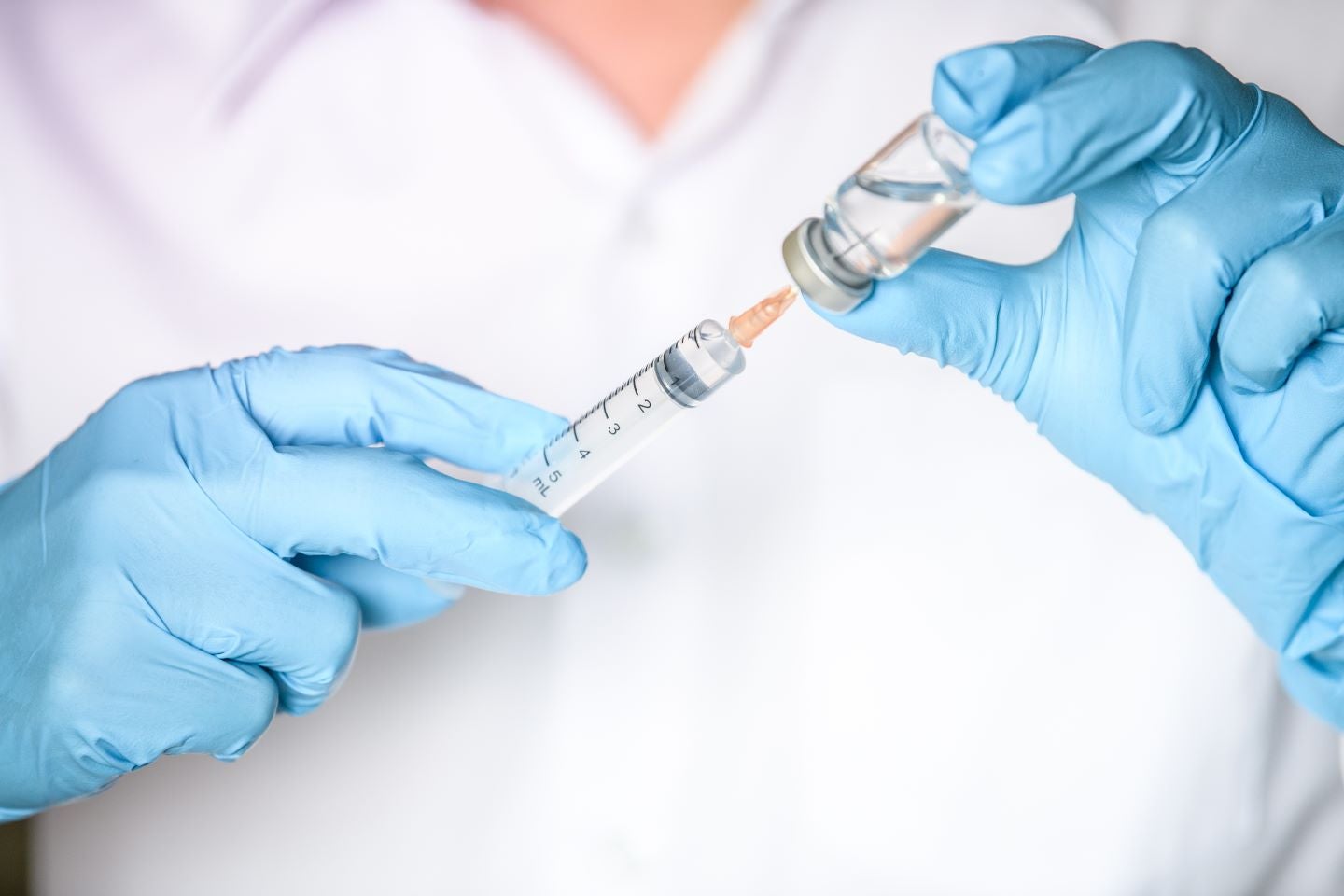The United States is experiencing a multi-state measles outbreak, resulting in the highest case spike since 2019. There are currently 222 reported cases, resulting in 38 hospitalisations (17% of cases) and one confirmed death, with another under investigation. Of these cases, 79% occurred in patients under the age of 20 years, and 94% were in patients who were unvaccinated or whose vaccination status was unknown. In areas with low vaccination rates, unvaccinated individuals are at high risk of contracting measles.
Measles, also known as rubeola, is one of the most highly infectious communicable diseases. It is airborne, and a room containing an infected person can remain infectious for up to two hours after the person has left. With a basic reproductive number (R0) of 12–18, one infected person can further infect up to 18 non-immune people. The (R0) of Covid-19 is 3.3.
Symptoms of measles include Koplik spots, fever, and rash. Measles cases are also defined by the “three C’s”: cough, coryza (runny nose), and conjunctivitis. Symptoms occur 7–14 days after exposure and last up to three weeks. Approximately 20% of measles cases result in hospitalisation. Complications range from ear infections and diarrhoea to pneumonia and encephalitis. The mortality rate is 0.3%.
There is also a long-term complication of measles called subacute sclerosing panencephalitis (SSPE). The measles virus can survive in the central nervous system and cause seizures, blindness, and dementia after an asymptomatic period of 7–10 years. There is a 0.01% chance of SSPE after measles infection, and it is almost invariably fatal.
Measles does not have a cure, but the measles-mumps-rubella-varicella (MMRV) vaccine is highly effective against measles. The vaccine is administered in two doses: after a single dose, 93% of recipients attain lifelong immunity. This coverage rises to 97% upon receipt of the second dose. Herd immunity, where an unvaccinated population is protected from the risk of transmission by the vaccinated population, is achieved with 95% vaccination in a population.
In 2000, the United States declared measles to be eliminated, meaning there was no continuous transmission within the country. However, declining vaccination rates in the US have allowed outbreaks to occur. There have been two major outbreaks since 2000: an Amish community in Ohio experienced 383 cases in 2014, and an Orthodox Jewish community in New York experienced over 900 cases in 2019. Both populations exhibit cultural vaccine hesitance.

US Tariffs are shifting - will you react or anticipate?
Don’t let policy changes catch you off guard. Stay proactive with real-time data and expert analysis.
By GlobalDataGlobalData epidemiologists predict 91% MMR vaccine coverage in US children aged 19–35 months in 2025. This falls below the 95% required for herd immunity, and actual vaccination rates may be even lower in some areas.
In Texas, the centre of an ongoing outbreak, the vaccination rate is 94.3%. Coverage falls as low as 79.6%, as seen in Idaho. Vaccination compliance will serve to protect vulnerable populations and reduce healthcare burdens.





